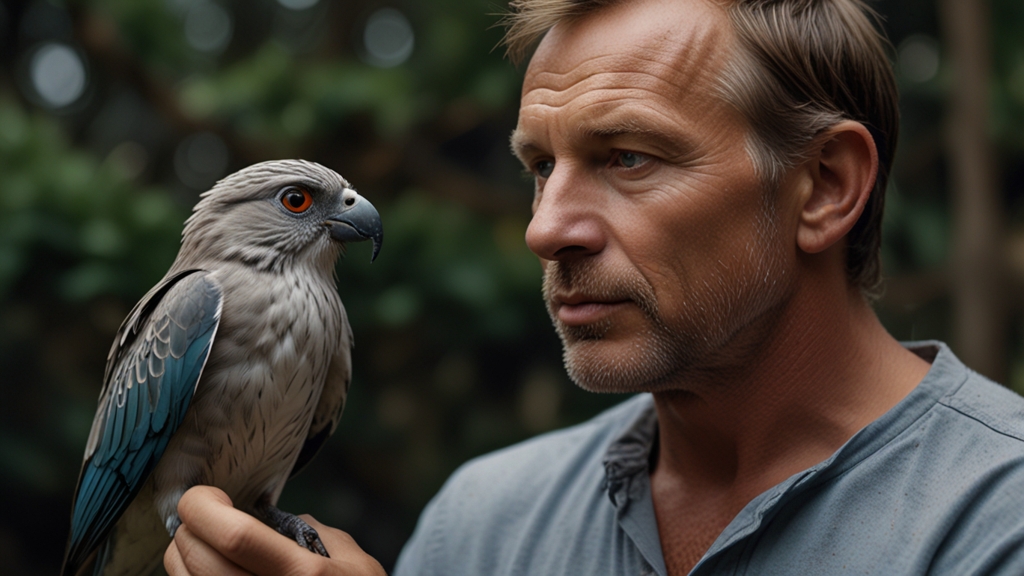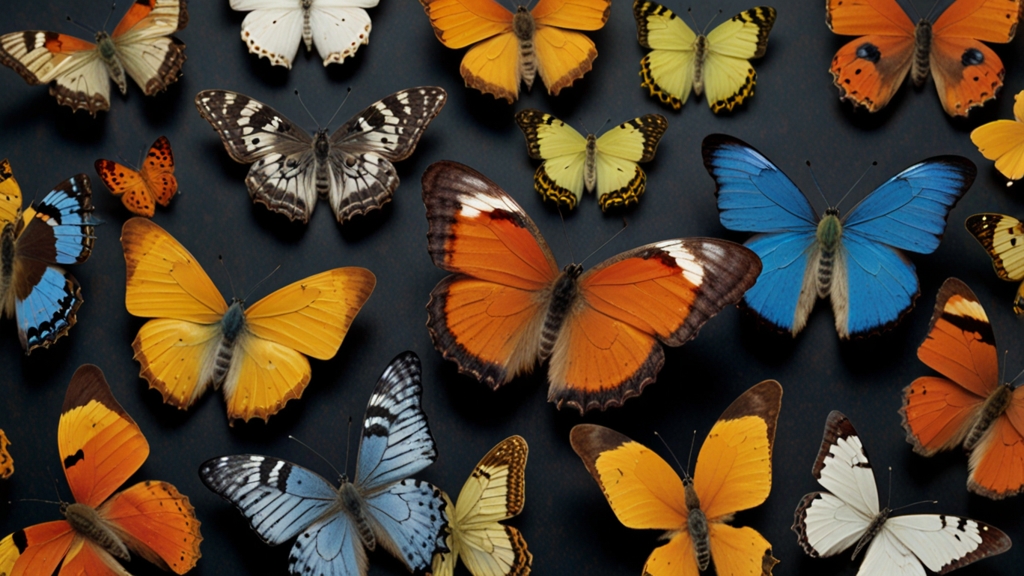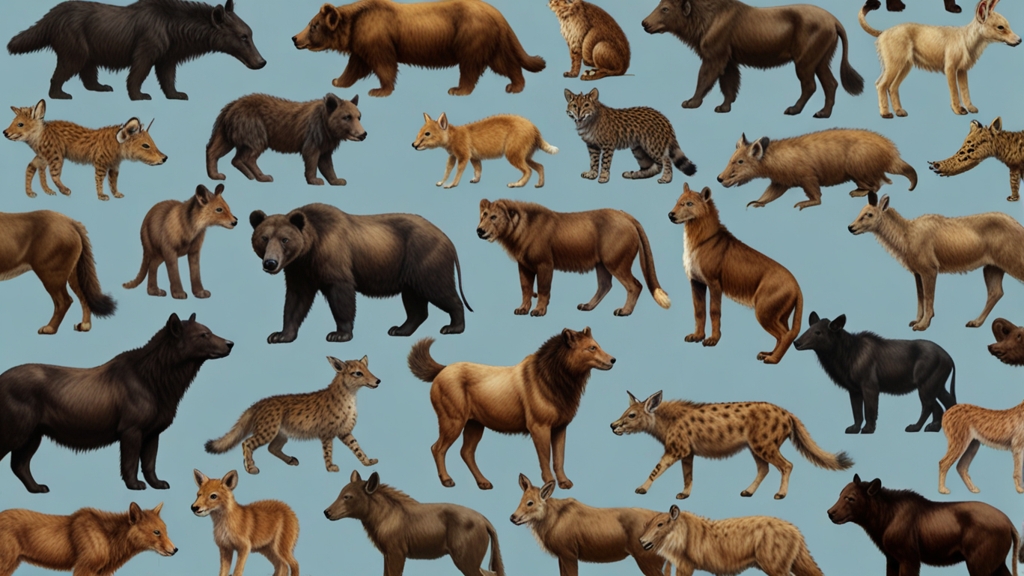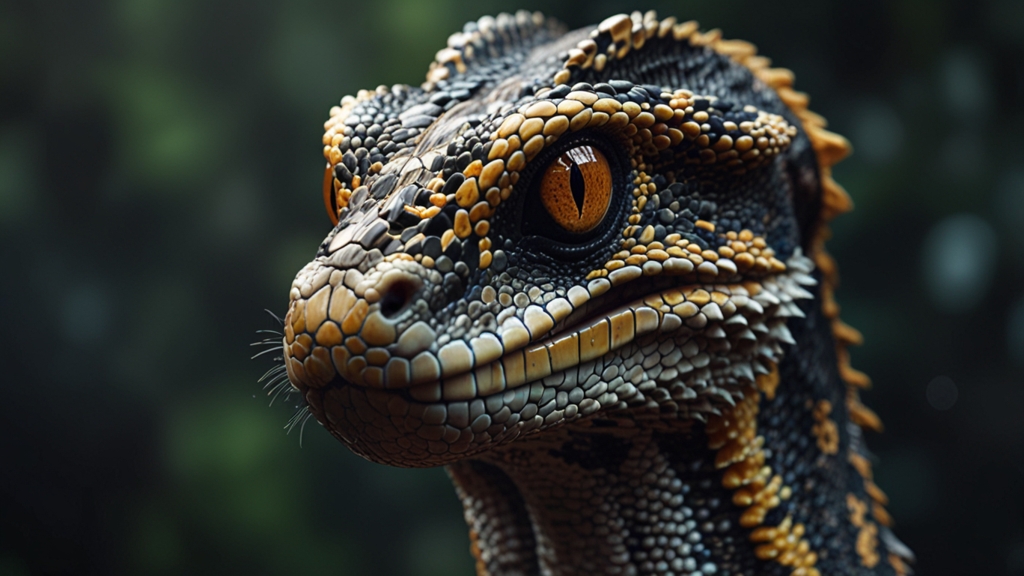A Glimmer of Hope: Community Efforts Transforming Wildlife Conservation
In an era where environmental concerns are at the forefront of global discourse, wildlife conservation has emerged as a critical area needing immediate attention. Alarming rates of species extinction and habitat destruction have motivated communities around the world to take action. Their united efforts offer a glimmer of hope in an otherwise grim narrative, showcasing the power of collective action and local initiatives in transforming wildlife conservation.
The Importance of Community Involvement
Traditional conservation strategies often involved top-down approaches, where government bodies or large organizations would implement and manage conservation projects. While these are still essential, there’s a growing recognition of the importance of grassroots involvement. Communities are, after all, the closest to the wildlife that needs protection; they understand the land, the seasons, and the ecosystems in intricate detail.
By engaging local communities, conservation efforts become more effective and sustainable. Locals bring invaluable knowledge and a vested interest in the success of these initiatives, ensuring that conservation methods are culturally relevant and practically applicable.
Success Stories from Around the World
One notable example of successful community-driven conservation can be found in Namibia, where communal conservancies have led to a resurgence of various endangered species. Locals manage these conservancies and reap direct economic benefits from tourism, which in turn funds further conservation efforts. This model has not only conserved wildlife but also uplifted communities economically.
In India, the Bishnoi community's centuries-old tradition of wildlife protection offers another compelling case. This religious sect in Rajasthan goes to great lengths to protect animals and trees, following tenets laid down by their ancestors. Their incredible commitment has turned arid landscapes into thriving habitats for species like the blackbuck antelope.
"Conservation is no longer the sole domain of scientists and policymakers; it’s a collective responsibility that communities around the world are increasingly eager to take on." - Jane Goodall
Challenges and the Way Forward
Despite these highlights, challenges remain. Funding is often limited, and human-wildlife conflict can pose significant obstacles. Educational campaigns are necessary to adjust centuries-old perceptions and practices that may be harmful to wildlife. Balancing human needs with conservation goals requires continuous dialogue and adaptive strategies.
Nevertheless, technology and social media have emerged as powerful tools in spreading awareness and connecting like-minded individuals. Citizen science projects, where community members collect data and monitor wildlife, have expanded our understanding of ecosystems and informed more effective conservation methods.
Collaborative Efforts
For community-driven conservation to succeed long-term, collaboration is key. Partnerships between governments, NGOs, and local communities create a more robust framework for action. International support and shared knowledge can significantly amplify the efforts of local initiatives.
"Alone, we can do so little; together, we can do so much." - Helen Keller
One exemplary collaborative project is the Great Green Wall initiative in Africa, an ambitious effort to combat desertification and restore ecosystems by creating a mosaic of green and productive landscapes across the Sahel region. Local communities, governments, and global partners work hand-in-hand to plant trees, improve soil quality, and create sustainable livelihoods.
The Power of Hope and Determination
Ultimately, the most inspiring aspect of community-driven conservation is the sense of hope it fosters. It underscores the notion that change is possible and that ordinary people can make extraordinary contributions to preserving our planet's biodiversity. Their stories serve as a testament to human resilience and our innate connection to nature.
As we face the pressing challenges of the 21st century, these community efforts remind us that each small action, when multiplied across the globe, can lead to substantial change. They illuminate a path forward, one where conservation is not a distant goal but a shared journey that we all partake in, driven by a common vision of a healthier, more balanced world.
"In the end, we will conserve only what we love; we will love only what we understand, and we will understand only what we are taught." - Baba Dioum
Indeed, a glimmer of hope persists, fueled by the dedication and collective efforts of communities around the world. Their transformative actions are not just conserving wildlife but are also inspiring a global movement towards a more sustainable and harmonious coexistence with the natural world.












